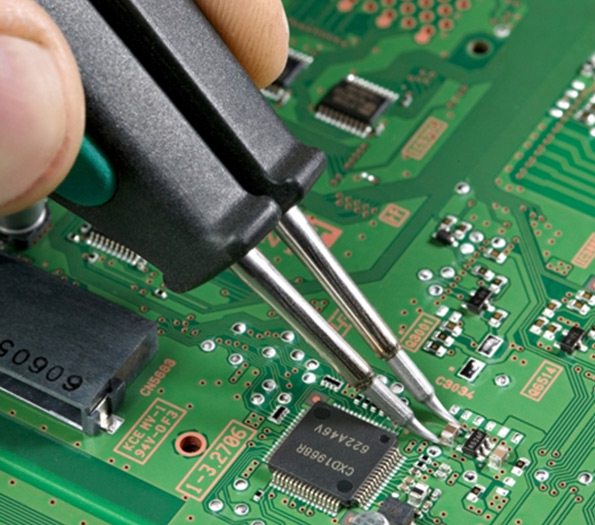

Understanding IGU Glass Replacement Costs
If you've ever faced the daunting task of replacing insulated glass units (IGUs), you might be wondering about the associated costs. IGUs are critical components of energy-efficient windows, consisting of two or more glass panes separated by a spacer filled with gas, often argon or krypton. This setup helps minimize heat exchange, improving the thermal efficiency of your home or building. However, over time, factors such as weather, age, and physical impact can cause these units to fail, leading you to consider replacement. In this article, we’ll explore the various elements that affect IGU glass replacement costs and provide tips for managing those expenses.
Factors Influencing Replacement Costs
1. Type of Glass IGUs can be made from different types of glass, such as Low-E (low emissivity) glass, tempered glass, or standard float glass. Low-E glass, which has a thin coating to reflect heat, tends to be more expensive than standard glass. The specific requirements of your home or building will dictate the type of glass you need, thus affecting overall costs.
2. Size of the IGU The size of the unit plays a crucial role in determining the cost. Larger IGUs typically require more materials and labor, leading to higher prices. Custom sizes, which may be necessary for unique window frames, can also increase costs significantly, as they might require specialized manufacturing and installation processes.
3. Labor Costs Labor costs can vary based on location, contractor reputation, and the complexity of the installation. In urban areas, hourly labor rates tend to be higher than in rural regions. Additionally, if the installation requires special equipment or skills, this will raise labor costs.
4. Removal and Disposal If you have to remove an existing IGU, there may be additional costs involved in safely extracting and disposing of the old unit. This can also involve repairing any damage to the window frame that may have occurred during the removal process.
5. Energy Efficiency Features If your new IGU will have enhanced energy efficiency features, such as improved insulation or UV filters, these additions will also affect the overall price. While these features may raise upfront costs, they can lead to long-term savings on energy bills, making them a worthwhile investment.
6. Weather and Climate Considerations Depending on your region's climate, you may need specific glass types that can withstand extreme weather conditions. For instance, hurricane-rated glass can be significantly more expensive than standard IGUs, especially in coastal areas.

Average Cost Estimates
On average, the cost of replacing an IGU ranges from $100 to $300 per unit, including both materials and labor. However, this price can escalate if you require specialized glass or installation services. Custom-sized units can cost significantly more, sometimes exceeding $500.
Tips to Save on Replacement Costs
1. Get Multiple Quotes Before settling on a contractor, it's wise to obtain estimates from several professionals. This not only gives you a sense of the average cost but also helps you find the best deal.
2. Consider Energy Efficient Upgrades While initial costs may be higher, investing in energy-efficient IGUs can lead to significant savings in heating and cooling costs over time.
3. Maintenance Regular maintenance of your windows can extend the life of your IGUs, reducing the need for frequent replacements. Ensure that seals are intact and frames are in good condition.
4. Insurance Consultation Check with your homeowner’s insurance provider to see if the replacement costs might be covered under your policy, especially if the damage was a result of a covered peril.
In conclusion, understanding the various factors that influence IGU glass replacement costs can help you make informed decisions when the need arises. By weighing the benefits of energy efficiency against upfront costs and shopping around for quotes, you can ensure you are getting the best value for your investment.